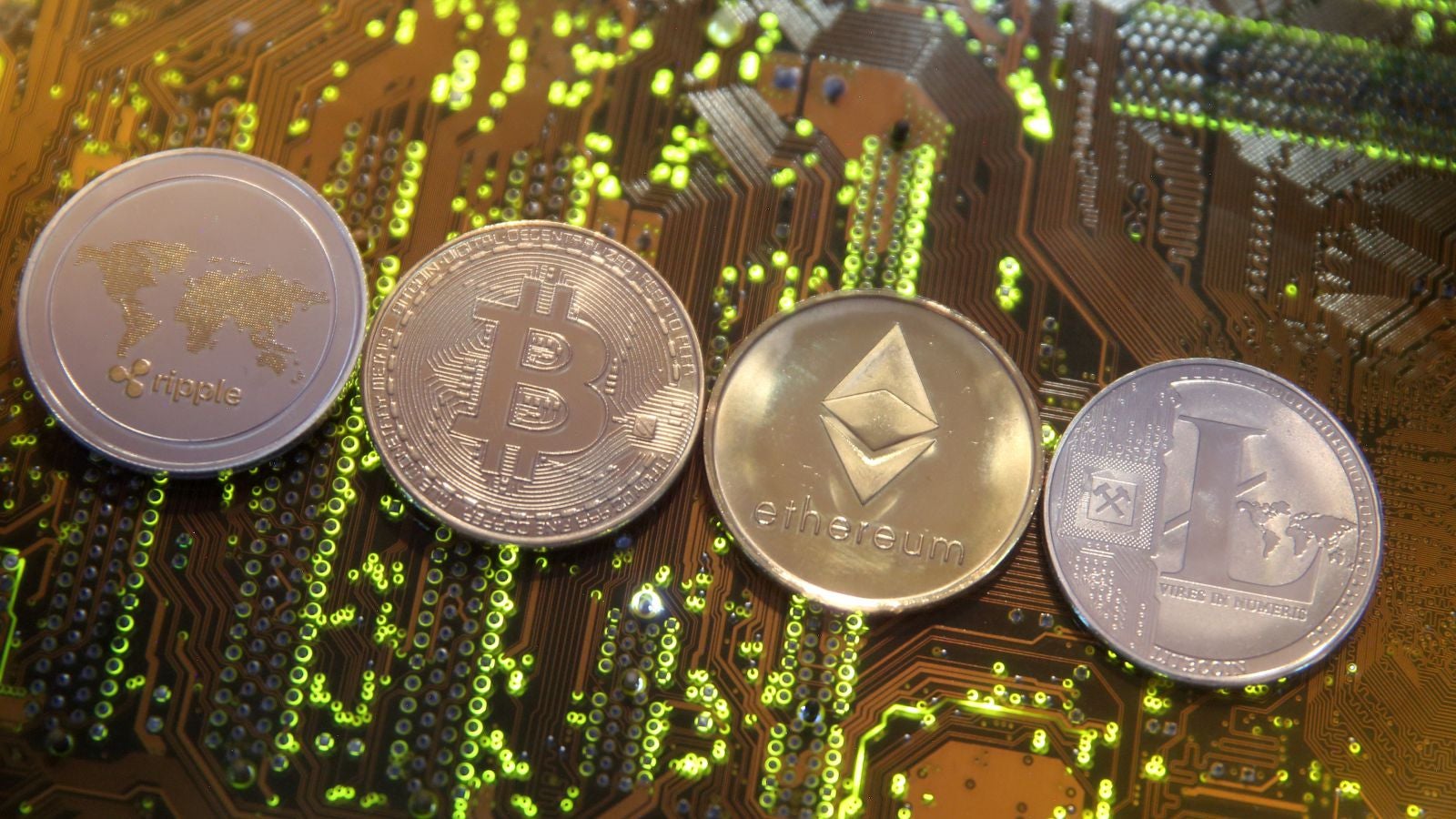How India choked its cryptocurrency ecosystem to near-death
From glorious highs to rock bottom, Indians hooked to cryptocurrencies have seen it all in the last year.


From glorious highs to rock bottom, Indians hooked to cryptocurrencies have seen it all in the last year.
In 2017, the price of a bitcoin, the world’s best known virtual currency, rose from around $900 at the start of the year to nearly $20,000 by December. This fuelled a boom in trade and a rise in the number of investors in India, subsequently appearing on the Narendra Modi government and the Reserve Bank of India’s (RBI) radar.
The authorities soon made known their uneasiness with virtual currencies and cautioned investors. A few warning signals and conflicted statements later, the RBI finally pulled the plug on cryptocurrency exchanges.
On July 06, a near-complete crackdown—at least temporarily—on cryptocurrencies will take hold in India. The RBI has instructed banks to shut down all accounts, including those of investors, that deal with bitcoin and other similar currencies. And with bank accounts frozen, all rupee-related trade will come to a grinding halt, bringing down overall volumes.
Here’s a timeline of how India slowly but steadily choked its cryptocurrency ecosystem over the last few months:
November 2017: Investors make a beeline for cryptocurrencies like never before. Fuelled by the price boom, customer registrations increase rapidly.
December 2017: The RBI issues another warning against these currencies, after the first one was issued way back in December 2013. Soon, tax authorities launch probes into cryptocurrency exchanges’ modus operandi. The finance ministry compares virtual currencies to ponzi schemes.
January 2018: More government caveats are issued to clarify that cryptocurrencies are not legal tender. The income tax department reportedly begins sending tax notices to investors. Banks suspend the withdrawal and deposit facilities of some exchanges. Some lenders disassociate with them completely.
February 2018: In his annual budget speech, finance minister Arun Jaitley once again comes down heavily on virtual currencies. The government, he says, will go all out to eliminate their use in financing illegitimate activities. They won’t be included as part of the payments system, Jaitley adds.
Subhash Chandra Garg, secretary in the department of economic affairs, who is heading a committee on cryptocurrencies, says draft regulations will be out before the end of the financial year 2019.
March 2018: Due to regulatory ambiguity and a correction in prices, investor interest takes a beating.
April 2018: The RBI directs lenders to wind down all banking relationships with exchanges and virtual currency investors within three months. Yet, it says the feasibility of these coins is being studied and hints at launching its own digital currency.
Disappointed by the blanket ban, cryptocurrency exchanges drag the central bank to court.
May 2018: The supreme court clubs the multiple cryptocurrency cases against the RBI. Before closing for summer vacation, the court asks bourses to engage directly with the central bank on the ban. It also asks the attorney general of India, KK Venugopal, to be present on the next date of hearing, July 20.
June 2018: Through the end of May and the first week of June, the exchanges send detailed representations to the RBI on why this ban should be lifted. They say they’re open to more scrutiny and willing to be regulated.
Meanwhile, a New Delhi-based lawyer reveals the RBI’s response to a right to information plea on the ban. It says no research was done and no panel formed by the banking regulator before coming down heavily on the exchanges.
Garg tells television channel ET Now that a draft regulation is in the works and is likely to be wrapped up in the first half of July.
July 2018: Some petitioners seek a stay order from the supreme court on the ban at least till the next date of the hearing. Their request is denied.
The ban comes into effect tomorrow (July 06).